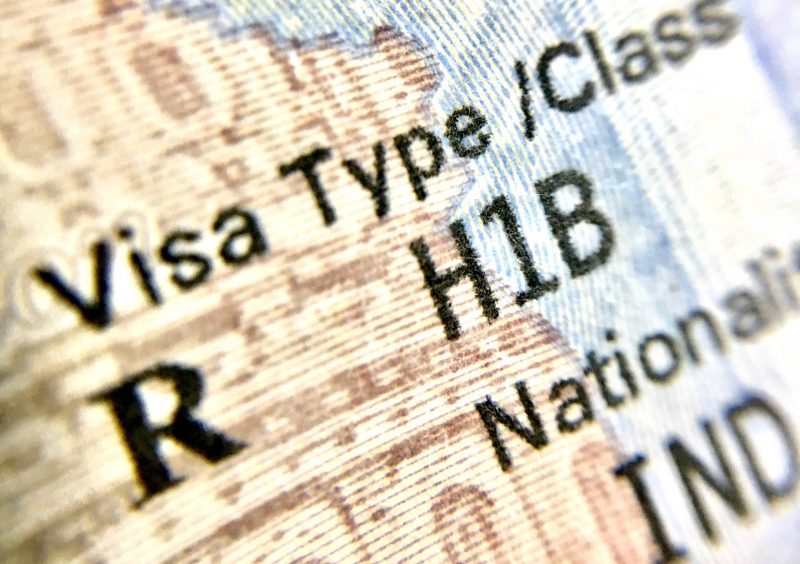
It's official: H-1B employers, as many have long suspected, routinely and effectively discriminate against women.
While the overall female/male ratio in the general population is something like 51:49 (women live longer), the ratio among H-1Bs according to a new set of federal data, is about 25:75. That means that three times as many men as women are hired through the program.
I have known for more than a year that USCIS was gathering information on the subject, but it only appeared quite recently. The document is four pages of small type and includes 1,854 data cells.
A sharp-eyed reader of mine saw a reference to it, as one might guess, in the Indian press.
The top-10 nations sending us H-1Bs, and the percentage of women in each cohort during FY 2018 were:
| India | 20.4% |
| China | 45.2% |
| Canada | 33.2% |
| Korea, S. | 41.9% |
| Philippines | 52.7% |
| Mexico | 24.8% |
| Taiwan | 44.5% |
| UK | 27.9% |
| Brazil | 31.8% |
| Pakistan | 18.9% |
Note that only one of these nations has a worse record than India: adjacent Pakistan. The Philippines' percentage probably relates to the numerous teachers and nurses that have been recruited for this program, often with grim results.
High-tech employers routinely claim that there is a "shortage" of Americans with computer-related skills, and these claims are routinely refuted by independent scholars.
As is usually the case, the Indians dominated the numbers in terms of H-1B petitions received during the year, including extensions, accounting for 309,986 out of the worldwide total of 419,637. The next country, for both men and women, was China, with 47,172.
The 419,637 is a number that should be viewed with care. It is for one year only, and is for the petitions received, not approved, which would be a smaller number. On the other hand, most H-1B visas are for three years. Bearing in mind that some of these petitions were not approved, and the duration of the visas, the actual size of the population — something the government could estimate but does not — is close to one million at any given time.
The extremely high proportion of Indians (both men and women) in the H-1B population is due, in part, to the large numbers of H-1B hires by Indian-owned or -managed outsourcing firms, such as Infosys, Tata, Cognizant, and others. They hire the H-1Bs and rent them out to other corporations.
Trivia. This is a long list, including 206 "countries of origin" and toward the low end of it — it is ranked by the number of petitions — one runs into some oddities. There is one woman who, no matter what she does in the future, is pretty sure to be deportation-proof; she is the sole H-1B (in FY 2018, at least) from North Korea. Maybe the CIA should get her name from DHS and see what it can learn from her.
The list seems to indicate that DHS is comfortable with people identifying their "country of birth" in any way they want; there are listings for places that are clearly neither nations nor colonies. There are, for instance, H-1Bs from islands within nations, such as Java, Tasmania, and the Andaman Islands (India); and then there are other oddities, such as the single nonimmigrants from each of Jersey and the Isle of Man, both dependencies of the British Crown since the Middle Ages.
My favorite is the one H-1B female from Johnston Atoll, a coral reef in the mid-Pacific, belonging to the United States, that is so remote from anything else that the U.S. military uses it to destroy chemical weapons. Since it is not a political entity, and since there is not now, and never has been, a permanent population, the entry is either a bit of whimsy or a key-punch error.
Once, when I was working for the Office of Insular Affairs of the Department of the Interior, and was on my way to the Federated States of Micronesia, the plane I was on landed at Johnston Atoll's little airport, but no one flying through was allowed to deplane. Frustrating.
